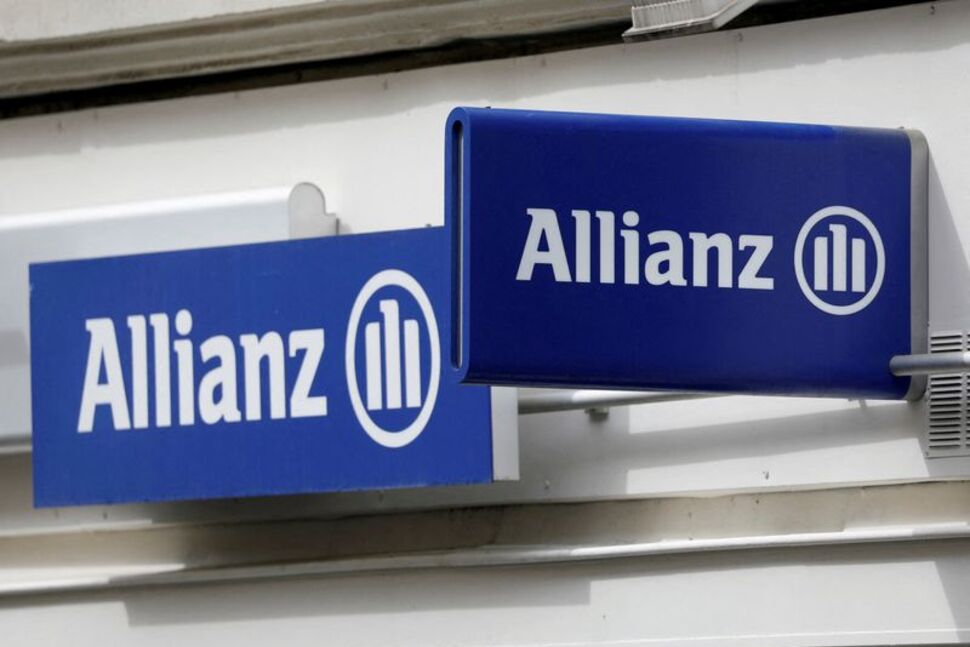Global insurance prices for D&O posted double-digit increases in all major markets in 2021, but are set to stabilize in 2022 with rate reductions and declining premiums during a year of continued market improvement, said the report, entitled “Directors and Officers (D&O)” Insurance Insights 2023 .”
“Buyers are seeing more competitive conditions, fueled by significant capacity in excess tiers and a slowdown in IPO and M&A activity, creating a lack of new business opportunities,” the report said.
“However, there is still significant risk for insurers as macroeconomic issues and a potential slowdown loom, conditions that typically lead to an increase in D&O claims,” said Vanessa Maxwell, Global Head of Financial Lines at AGCS, in a statement. at the report.
“Inflation is likely to affect future claims through larger settlements. Cyber risk remains at a high level and is now seen as a core task of D&Os, with increasing scrutiny over how they respond. Meanwhile, ESG-related liabilities – be it insufficient action on climate change or diversity and inclusion issues – could also potentially become significant exposures for D&O insurance,” she continued.
The report then listed the top five factors that could lead a company and its board of directors to be sued by investors or other stakeholder groups in 2023. These factors are described below.
1). Economic and recession risks. An economic downturn typically brings with it a higher risk of D&O claims, the report said. “Inflation, the energy crisis and supply chain issues are risk areas that D&O insurers are watching closely,” said David Van den Berghe, Global Head of Financial Institutions at AGCS, quoted in the report.
The report explained that the likelihood of a publicly traded company being sued in a securities class action increases when financial performance is poor and a company’s stock price falls. “One of the most pressing questions is which companies can offset higher labor costs, energy costs and financing costs with productivity improvements,” it added.
The industries most at risk of a liquidity and profitability shortfall, according to Allianz Research, are construction, transportation, telecoms, machinery and equipment, retail, home appliances, electronics, automotive and textiles. Overall, insolvencies are expected to increase by more than 19% globally by 2023, the report said.
2). Cyber security struggles. The growing number of data breaches is devastating for affected companies due to fines, costly breach notification procedures, business interruptions and intense negative publicity, the report said. As a result of these trends, AGCS said investors are increasingly seeing cybersecurity risk management as a critical part of a corporate board’s risk oversight responsibilities.
“Around the world, directors have already been held accountable, including in derivative and direct litigation, for their alleged failure to put in place proper corporate governance to protect against cybersecurity risks,” the report continues. “Furthermore, major breaches of publicly traded companies have damaged investor confidence, causing stock prices to plummet and thereby becoming ‘events’ that can give rise to costly class action litigation over securities.”
3). ESG Disclosures and Exposures. Increasing compliance requirements and the prospect of regulatory or legal action due to a range of ESG issues are impacting directors and their insurance policies, the report said.
“Regulatory action due to ESG-related issues is a major concern for executives – a regulatory breach can trigger a D&O policy depending on terms and conditions,” explained Lydia Miller, global underwriting and product analyst, Financial Lines at AGCS, which was cited in the report. “Although criminal fines and penalties are not covered, a policy may cover defense costs until such conduct is established. Government oversight can put pressure on boards to ensure companies comply with the law.”
In addition to new laws and regulations around the world, companies and their directors and officers are also facing increasing lawsuits from environmental groups, activist investors and even disgruntled employees, the report highlights.
4). US class action securities litigation. While the number of new securities class action filings fell during the second half of the year, AGCS warned that the US remains a legal hot spot for such lawsuits.
The report noted that securities class actions against Special Purpose Acquisition Companies (SPACS) declined in the second half of the year. By early November, 23 SPAC-related class action filings had been filed in 2022, compared to 32 for all of 2021, the report said, noting that the reasons for this shift remain unclear.
“Given the number of recently completed SPAC mergers with private companies and the number of SPACS still seeking target companies for acquisition, we can expect to see a large number of related class actions ahead,” said David Ackerman, co-head of Global Practice Group for Commercial D&O and Financial Institutions Claims at AGCS, which is cited in the report.
“At the same time, rules recently proposed by the U.S. Securities Exchange Commission around SPAC Initial Public Offering (IPO) disclosures and disclosures related to de-SPAC transactions may significantly reduce the future attractiveness of SPACs as a public model compared to traditional IPOs,” he added.
Meanwhile, the pace of overall new class action filings in the US also slowed during the second half of 2022, continuing to drop the number of new class action filings that began in 2019.
While the frequency of new U.S. reports has decreased and 2022 is expected to continue this downward trend, the total amount of potential damage has skyrocketed, according to Cornerstone Research, according to the AGCS report.
“This year, very large cases accounted for a disproportionately larger share of total alleged shareholder losses than historical averages over the past 20 years,” it continued. “By one measure, lawsuits filed against just three companies in the communications industry are responsible for as much alleged investor loss as the aggregate of all class action lawsuits filed in 2021.”
The report highlighted a notable trend to watch: the increased targeting of cryptocurrency companies. Ten lawsuits were filed in the first half of 2022, compared to 11 in all of 2021, 13 in 2020 and four in 2019.
5) Antitrust and Competition Risks. Aggressive enforcement of existing antitrust laws The US Department of Justice could lead to more D&O claims, the report said.
“[A]Enforcement actions by ntitrust can lead to follow-on D&O claims against companies as well as individual directors and officers,” said Angela Sivilli, co-head of the Global Practice Group for Commercial D&O and Financial Institutions Claims at AGCS, who was quoted in the report. .
“While antitrust enforcement actions would normally not activate entity coverage under a D&O insurance policy since they are not securities claims, such a follow-on action may activate coverage in the absence of an antitrust exclusion,” Sivilli explained.
According to the report, individual directors and officers may be liable under antitrust, corporate or federal securities laws, both criminally and civilly liable, the AGCS report said.
Source: UK Time News








